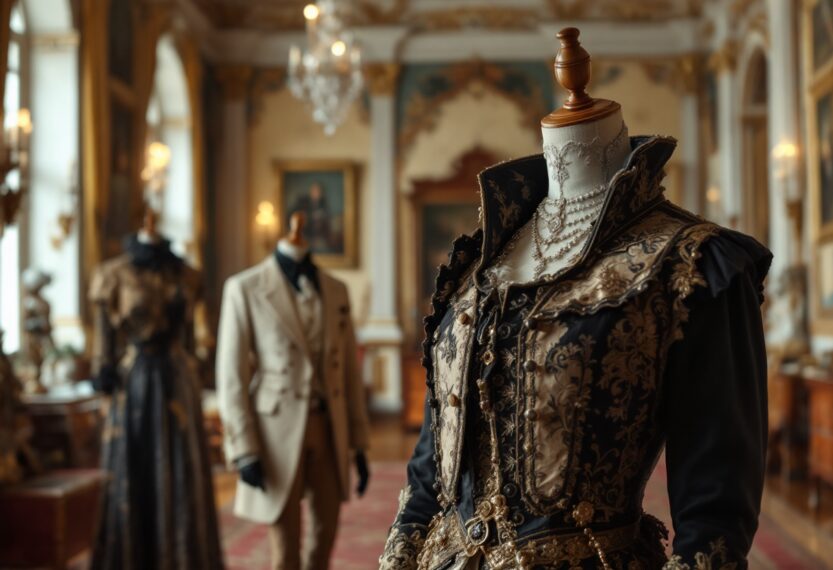For centuries, the wardrobes of royal figures have transcended mere clothing, evolving into powerful symbols of identity, authority, and cultural influence. From the opulent gowns of Queen Elizabeth I to the modern-day sartorial choices of Kate Middleton, royal fashion has consistently captivated the public’s imagination and shaped societal trends.
The historical significance of royal attire
Royal fashion has often served as a reflection of the political and social climates of its time. For instance, during the reign of Henry VIII, the king’s extravagant clothing choices not only showcased his wealth but also set a standard for the aristocracy. His wives, particularly Anne Boleyn, used fashion to challenge societal norms, with their daring styles influencing the wardrobes of noblewomen across England. Similarly, Queen Elizabeth I utilized her elaborate gowns adorned with jewels and symbolic motifs to convey her power and status, effectively turning her attire into a form of political communication.
The rise of the fashion icon
As the centuries progressed, the concept of the royal fashion icon emerged, with figures like Marie Antoinette and Queen Victoria leading the charge. Marie Antoinette’s bold stylistic choices, including her extravagant hairstyles and elaborate gowns, not only defined her reign but also democratized fashion, inspiring women across Europe to emulate her style. Queen Victoria’s decision to wear white for her wedding in 1840 revolutionized bridal fashion, making the color synonymous with purity and elegance. Her influence extended beyond her own wardrobe, as her choices set trends that resonated with the public.
Modern royalty and the fashion phenomenon
In contemporary times, the phenomenon of the ‘Kate effect’ and the ‘Meghan effect’ illustrates the enduring power of royal fashion. Kate Middleton, the Princess of Wales, has become a beacon of accessible style, often seen in high-street brands that resonate with the everyday consumer. Her fashion choices not only sell out within minutes but also elevate British brands to international prominence. Similarly, Meghan Markle’s sartorial influence extends to promoting ethical and women-led brands, showcasing a modern approach to royal fashion that aligns with contemporary values.
As royal figures continue to navigate the complexities of public life, their fashion choices remain a vital part of their identity. The interplay between personal style and public perception ensures that royal wardrobes will continue to inspire and influence for generations to come. In a world where fashion is often seen as a fleeting trend, the enduring legacy of royal fashion stands as a testament to its power to shape culture and society.



